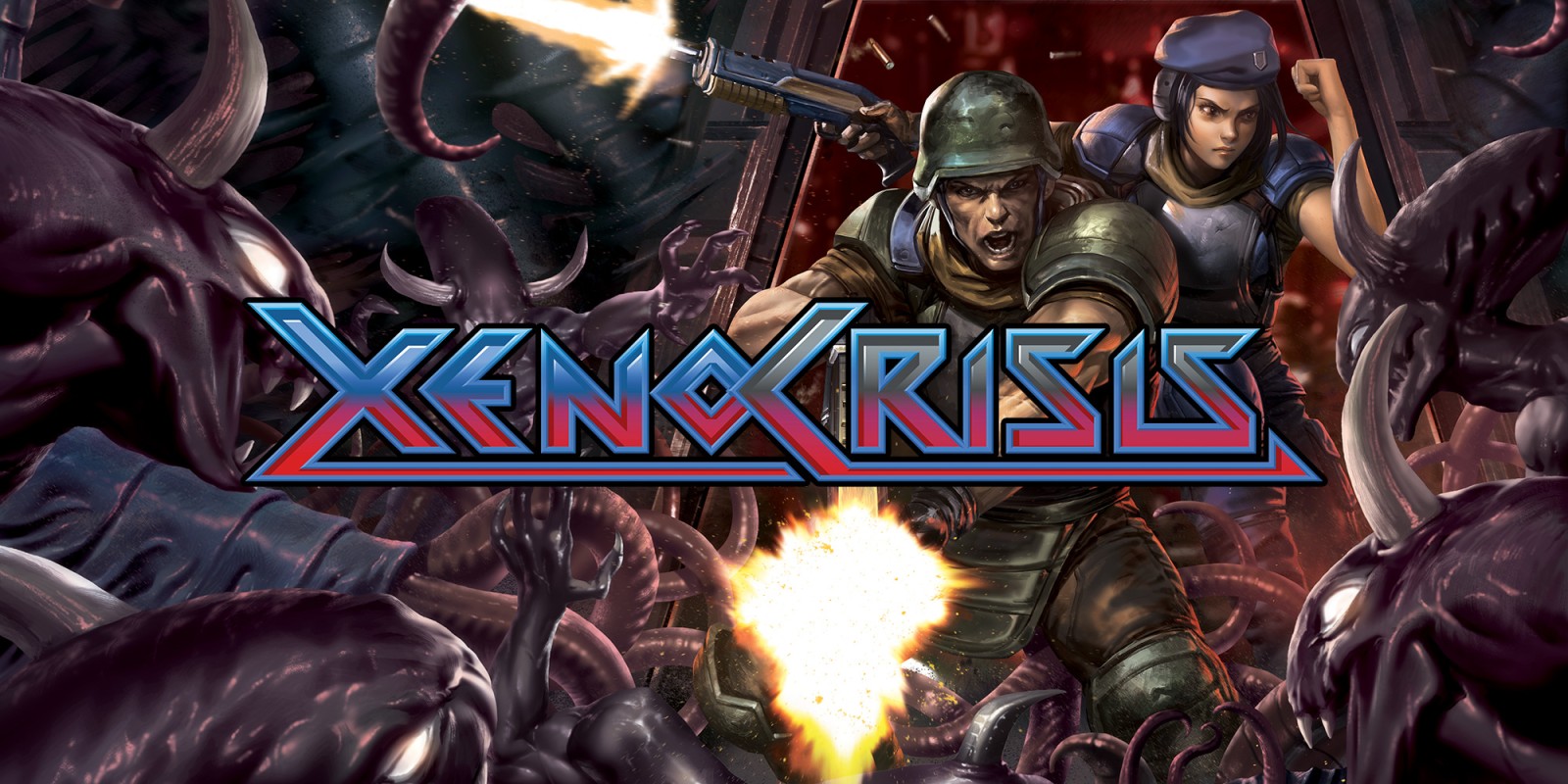Table of Content
When she's not writing, she loves gaming, reading, and - when time allows - painting. Above we define a new sensor using the template platform, indicating the value will come from a template. Platforms in Home Assistant categorize the types of configuration options and behaviors expected. For the template platform, it tells Home Assistant to extract the sensor’s value from value_template. Components are downloaded and installed by Home Assistant on demand from the library managed by the Home Assistant project.

For the privacy and security minded however, those solutions are problematic because they send private data to centralized servers for processing simply to turn on your lights. That these solutions are also closed-source black boxes does not help matters. Schoutsen is also founder of Nabu Casa, Inc. providing commercial backing for the project. The platform is popular and active, approaching its 600th release from nearly 2,000 contributors to its core on GitHub. Integrations between various IoT platforms and Home Assistant are provided by its 1,600 available components written by the various contributors. Make sure the hardware and software you choose are capable of supporting the task at hand.
What hardware do you need for your own smart home server/hub
An Apple home hub is an always-on device that securely connects your HomeKit smart home accessories to the internet. This allows you to control your smart home from anywhere in the world, as long as you've got an internet connection. In general WiFi is much more capable than the other protocols but needs to be done correctly. Main advantage is the ability to have smart devices connected without the extra cost of a hub. By using these smart devices for home, any home can be converted into a smart home.
It reads all the information from all your sensors and devices, decides what to do with it, and sends those commands out to the proper smart devices. This is what allows all of your smart devices to integrate with each other. If you want your smart devices to act smart, and not just like a remote control, you’re going to want to get a controller for your home.
What is a Smart Device?
This centralization can also unite your devices if they come from multiple brands with varying connectivity options. For example, if you have Philips Hue lights, Ring security cameras, August smart locks and Sonos speakers all under the same roof, a smart home hub will help them communicate with each other. Home Assistant appears to be a lively project and worth keeping an eye on as a front-runner in the open-source IoT space. At least for the moment, it does also require a meaningful amount of technical know-how to set up. This does, however, seem likely to change considering the investments the project is making to create a more user-friendly experience.

Almost every company which makes smart home products has its mobile apps, so you can control the functions and features of that particular smart device. Connecting the product with the mobile app is very easy, you just need to connect it with your home WiFi, and all set. ServicePortSetupMosquitto1883You need to copy the config file above. Just go to the webpage and follow the setup wizardAll services we just installedThat’s it! You now have access to a lot of awesome smart home software and the setup is quite easy.
DIY Smart Home Automation for Everyone
I’ve tried countless automation products over the years, including a few shoddily-made ones that I probably shouldn’t have connected to my home network. Then it's time to adjust the device near your home door with a helping 3D printed 4 parts . You will find the (.gcode) for it in the CAD part of the project so that your can print them directly with the 3S printer.
You need to set up an iPad, Apple TV, or HomePod as an Apple home hub if you want to use every HomeKit feature. I personally use UniFI products with different access points scattered around the house to get good coverage. Generally if you can plug something in the the ethernet cable then you should.
Home Automation DIY: Build a Smart Home Hub/Controller Using a Raspberry Pi & Home Assistant
Now that we’ve established why you might want hub- or Thread-based systems when building a smart home, let’s run through your current options. These will be products that everything else in your home connects to, so reliability and ease of use are paramount. A note here — platform compatibility issues may soon become moot, thanks to the October 2022 launch of the Matter networking protocol. Matter-branded products work with all major smart home platforms, and many Matter devices will also support Thread.
To make your WebThings Gateway useful, you’ll need to add devices. Zigbee or Z-Wave devices can be added directly, but any third-party system that you connect to via the network, such as Hue lights connected via a Bridge, have to be added in a different way. The WebThings Gateway allows you to control multiple smart home devices from a simple and secure web portal, which can be accessed at home and remotely.
In this example, we extract the value from an attribute of the state provided by the ecobee component. As previously stated, configuration values are managed in YAML. Editing the configuration can be done via the provided web interface, or directly editing of the instance’s configuration.yaml. A separate secrets.yaml holds credentials and other sensitive information. Since the configuration is a collection of YAML files, it is convenient and recommended to track changes via a Git repository. With every household need catered for automatically, the Internet of Things promised us the easy life.

This means fully automated updates for all your docker containers! I excluded HomeAssistant to avoid possible breaking changes. As always you can find the updated files in the GitHub repository. Not that long ago, the term “smart home” was used to describe lavish abodes with top-of-the-line devices and expensive embellishments reserved only for moguls.
There are even ways to move the full operating system there if needed. If you are buying a CC2531 stick for Zigbee2MQTT (more on this later or in my in-depth blog post) you need a custom firmware on the stick. You can either buy one with that software preflashed (e.g. via the link above) or get a CC debugger device to flash it yourself.
//Note the approach used to automatically calculate the size of the array. //No the approach used to automatically calculate the size of the array. Finally, open the 1Sheeld app and connect it to the 1Sheeld board via Bluetooth. Don't forget to make the holes for the components like ultrasonic, gas sensor, etc. 1Sheeld and how to setup the IoT MQTT Panel App and the cloud MQTT server. And these of course in addition to the listed components and fabrication materials.

No comments:
Post a Comment